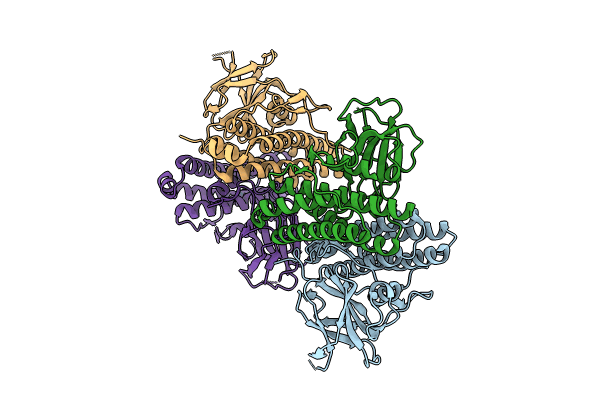
Deposition Date
2023-09-05
Release Date
2024-09-11
Last Version Date
2024-12-18
Entry Detail
Biological Source:
Source Organism:
Ramazzottius varieornatus (Taxon ID: 947166)
Host Organism:
Method Details:
Experimental Method:
Resolution:
1.70 Å
R-Value Free:
0.22
R-Value Work:
0.18
R-Value Observed:
0.18
Space Group:
P 1 21 1


